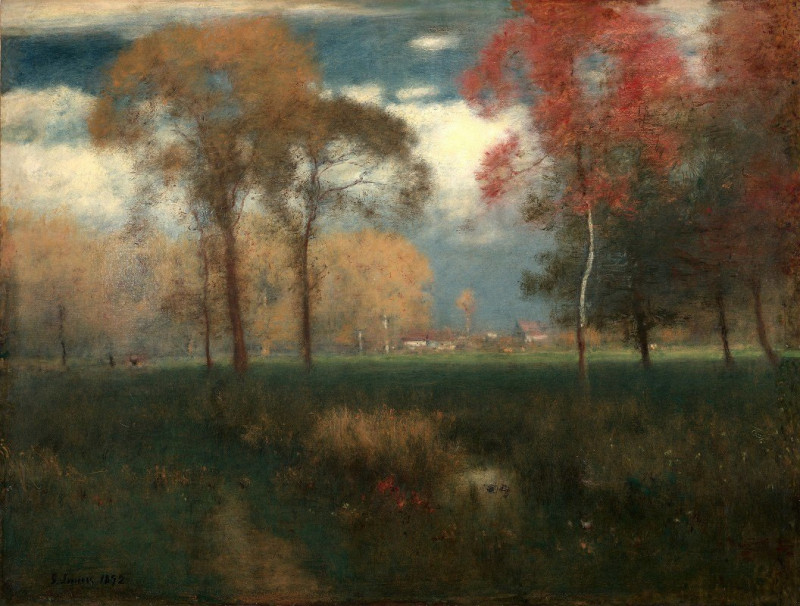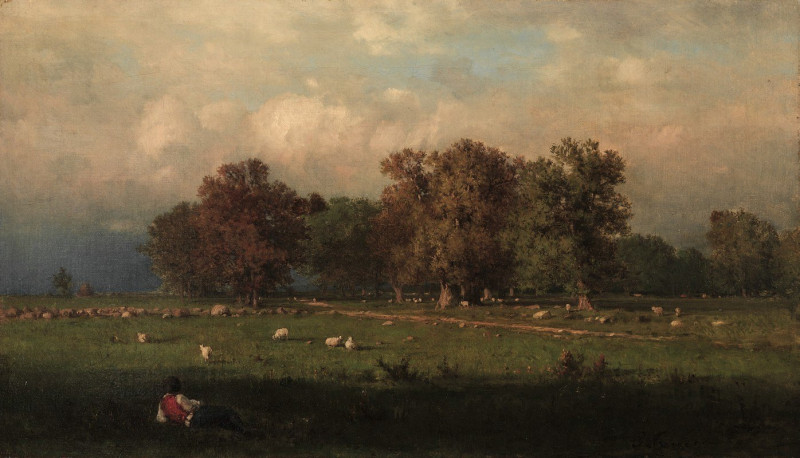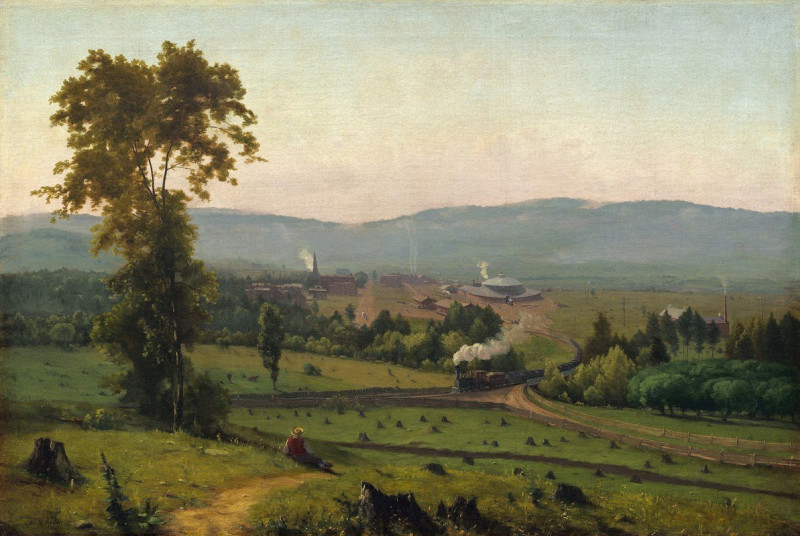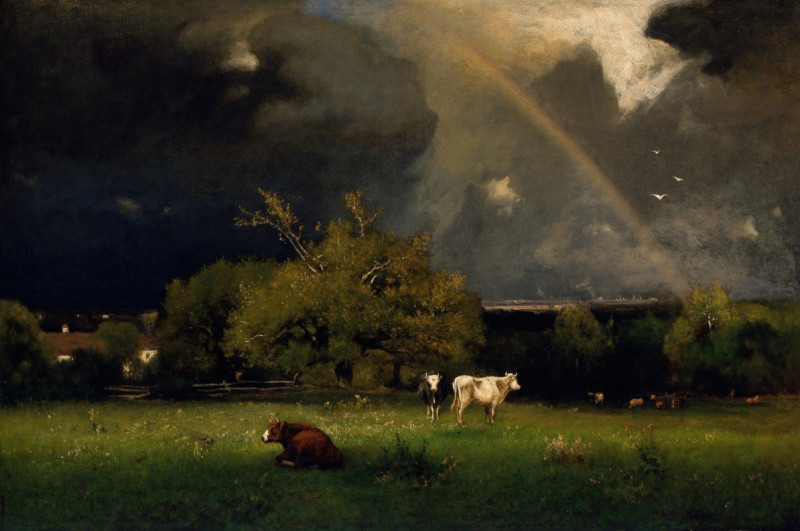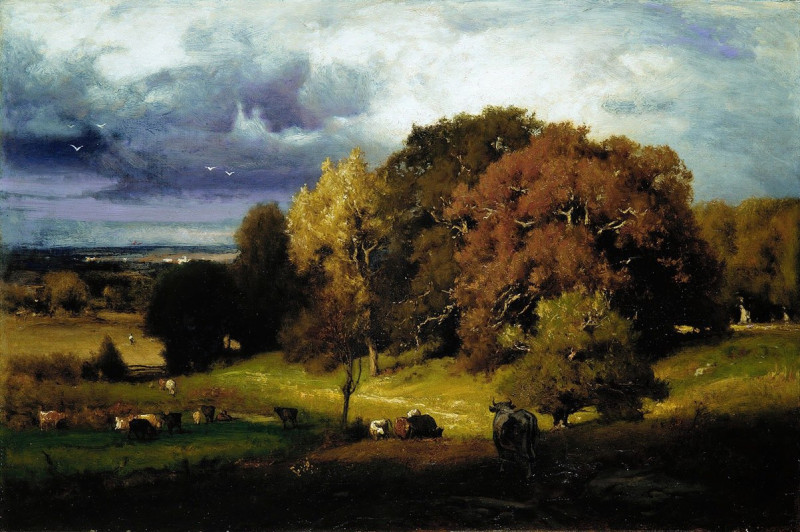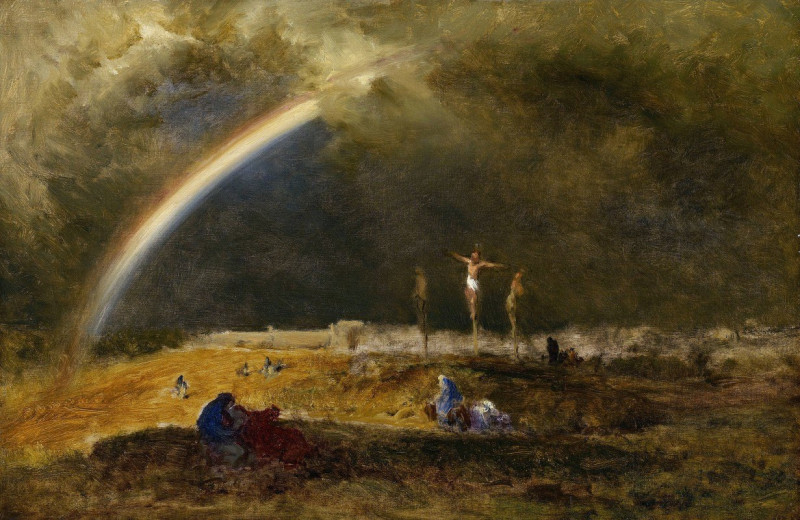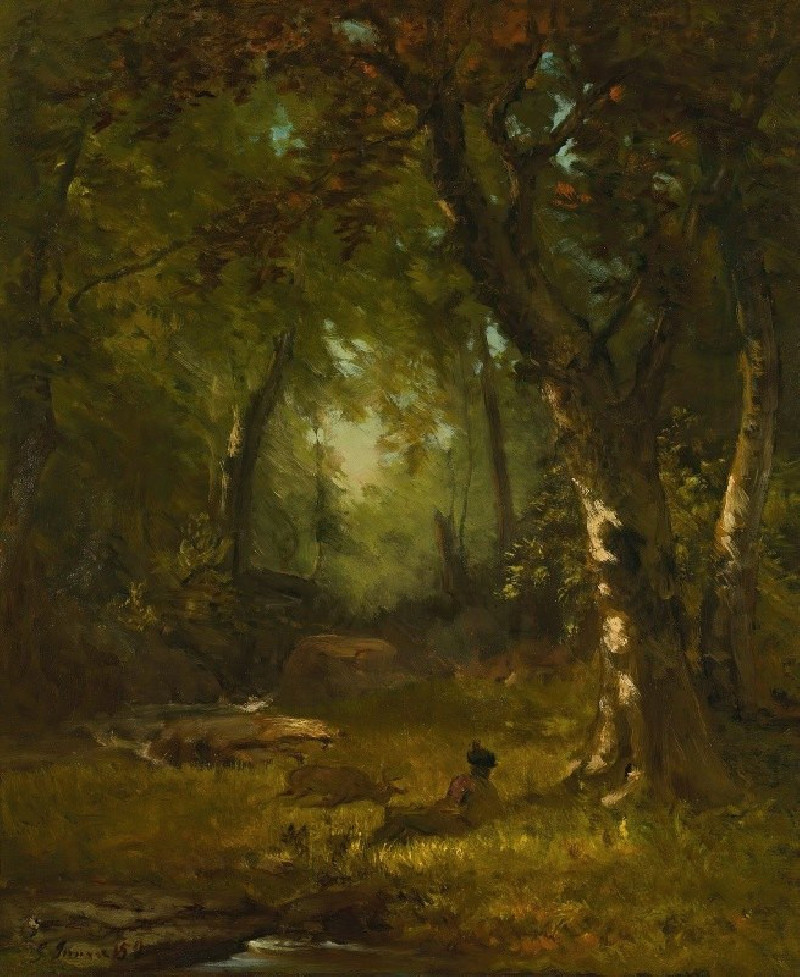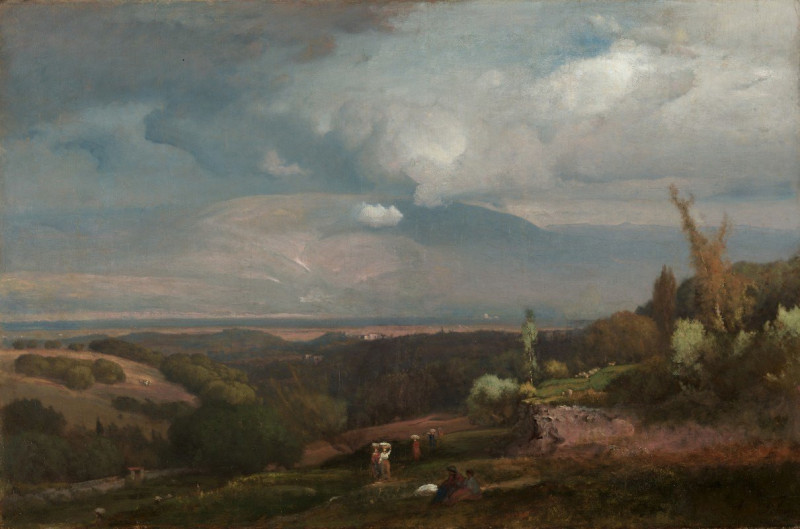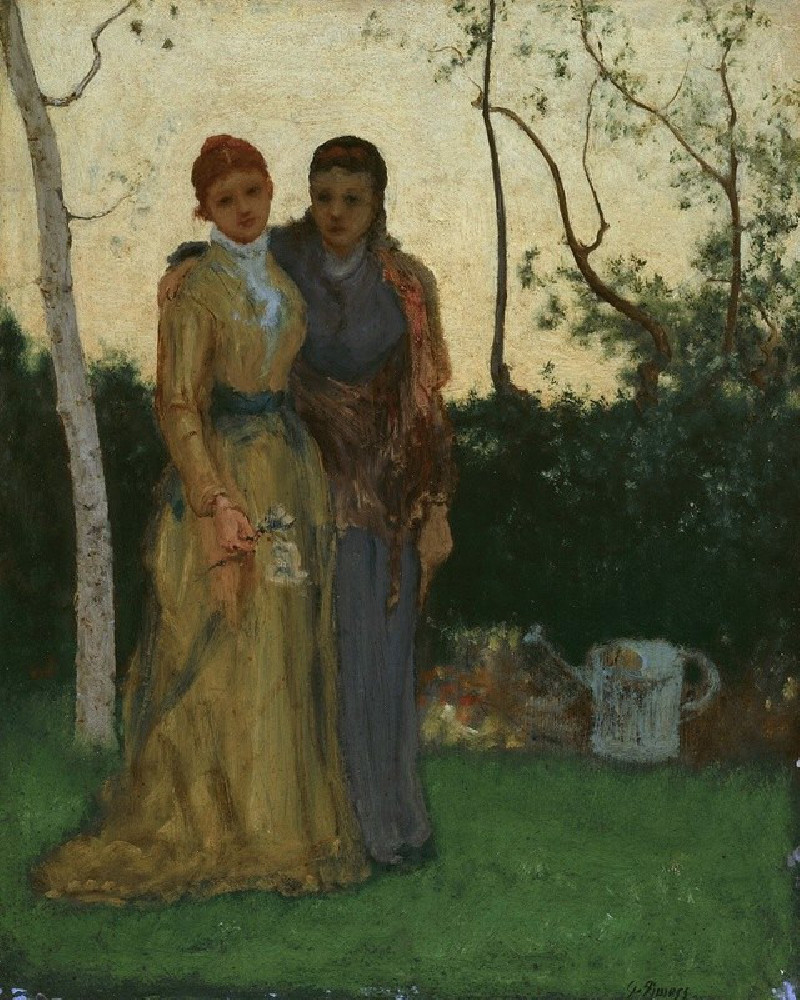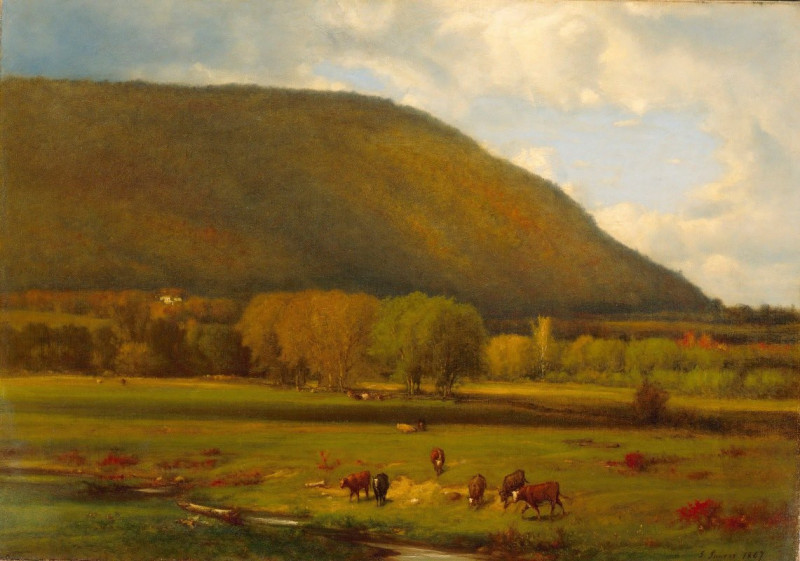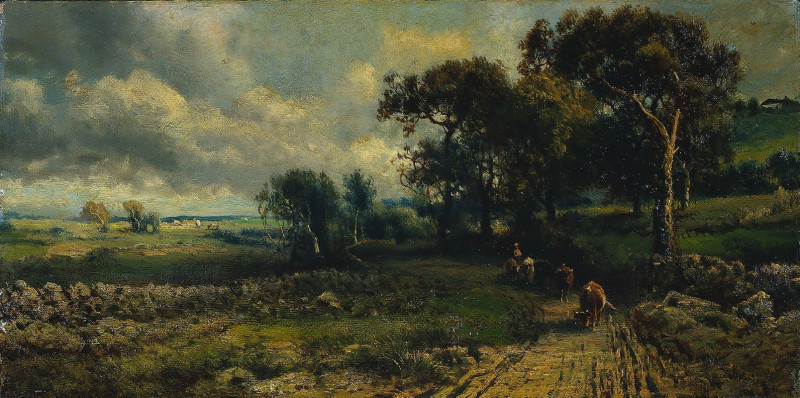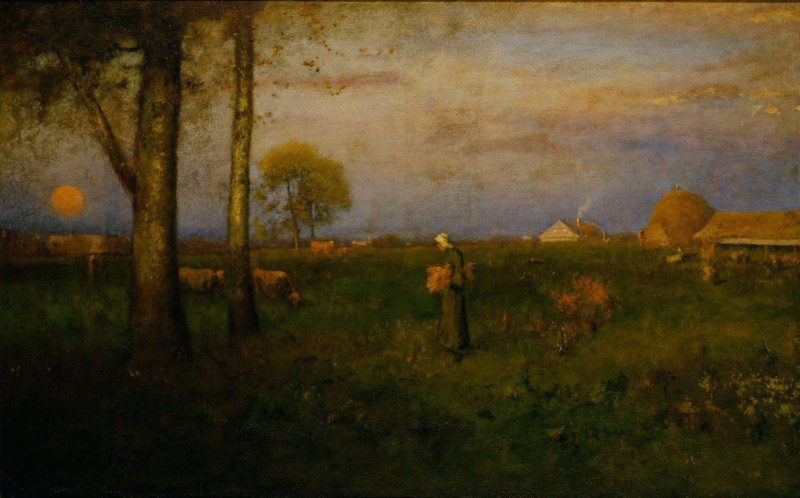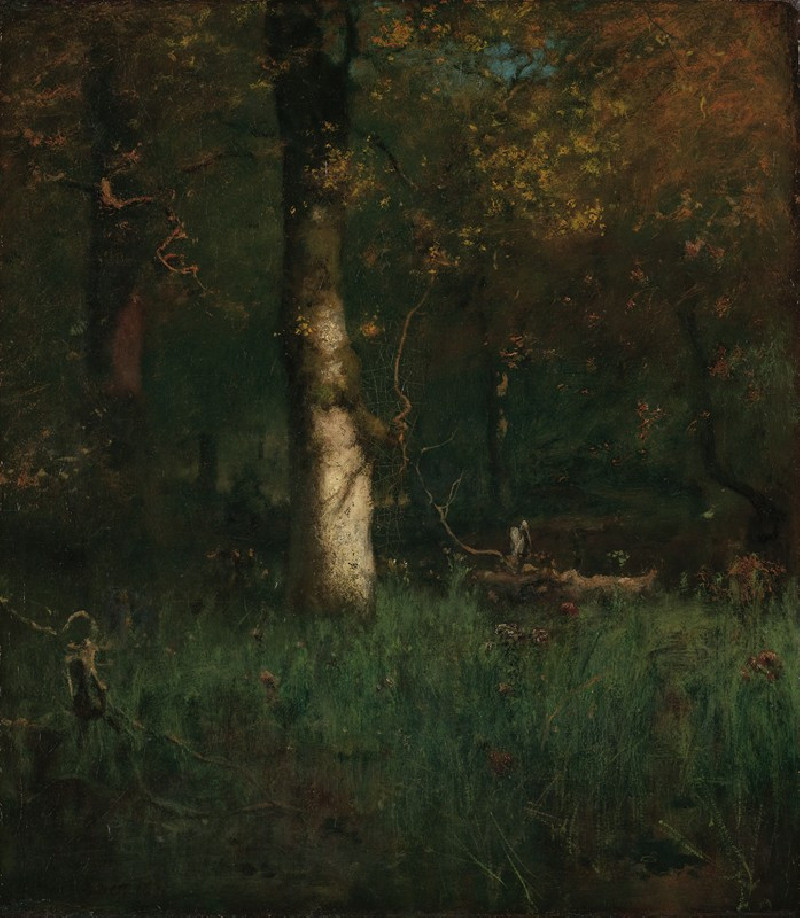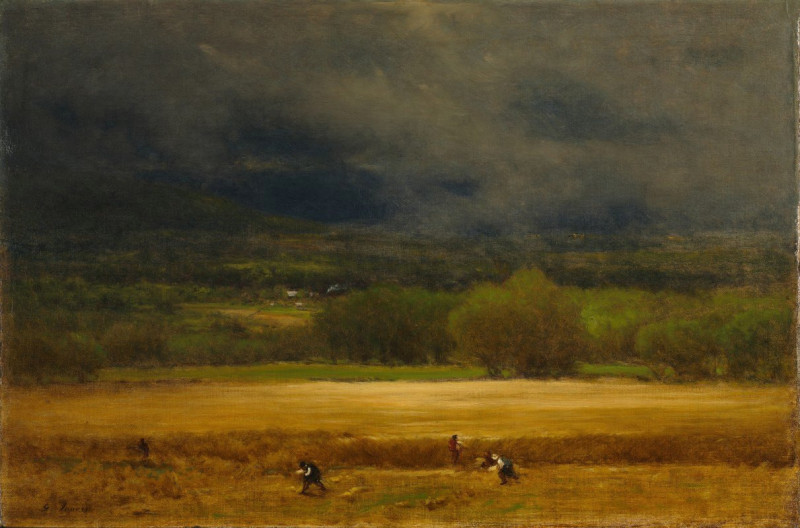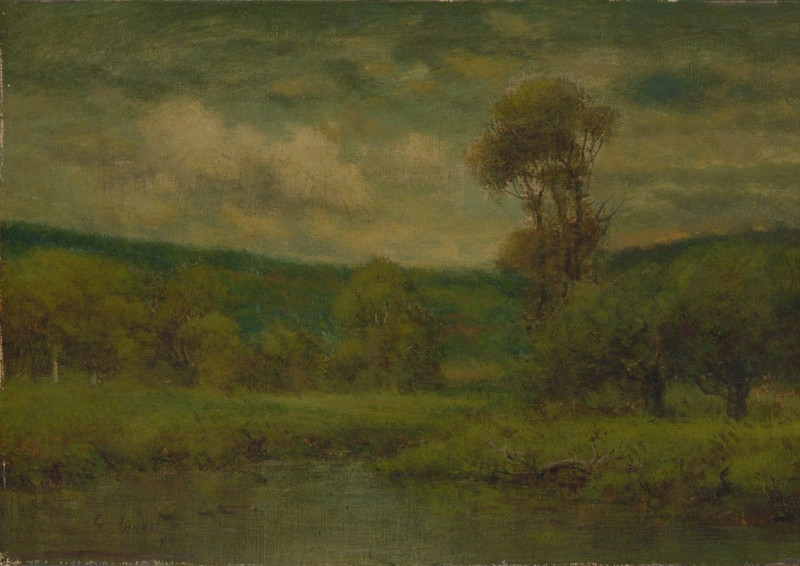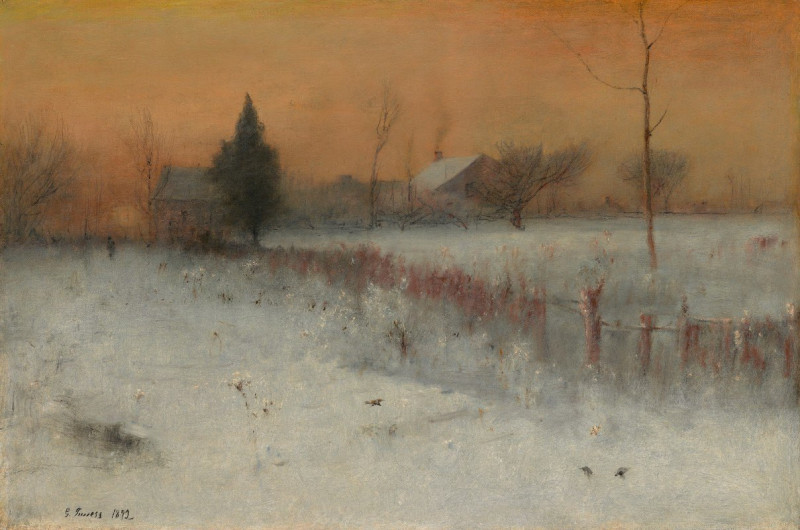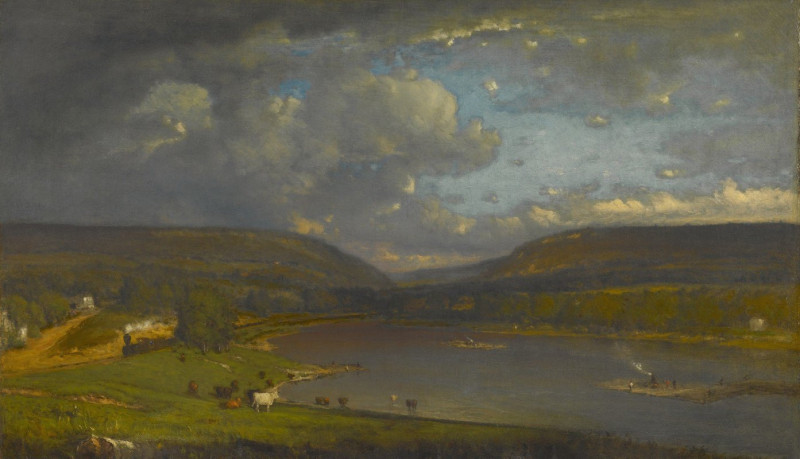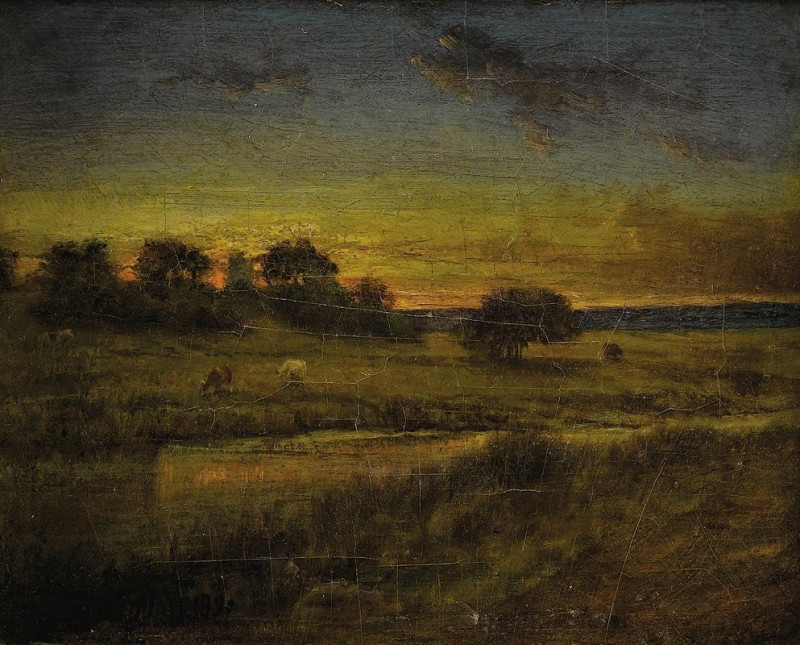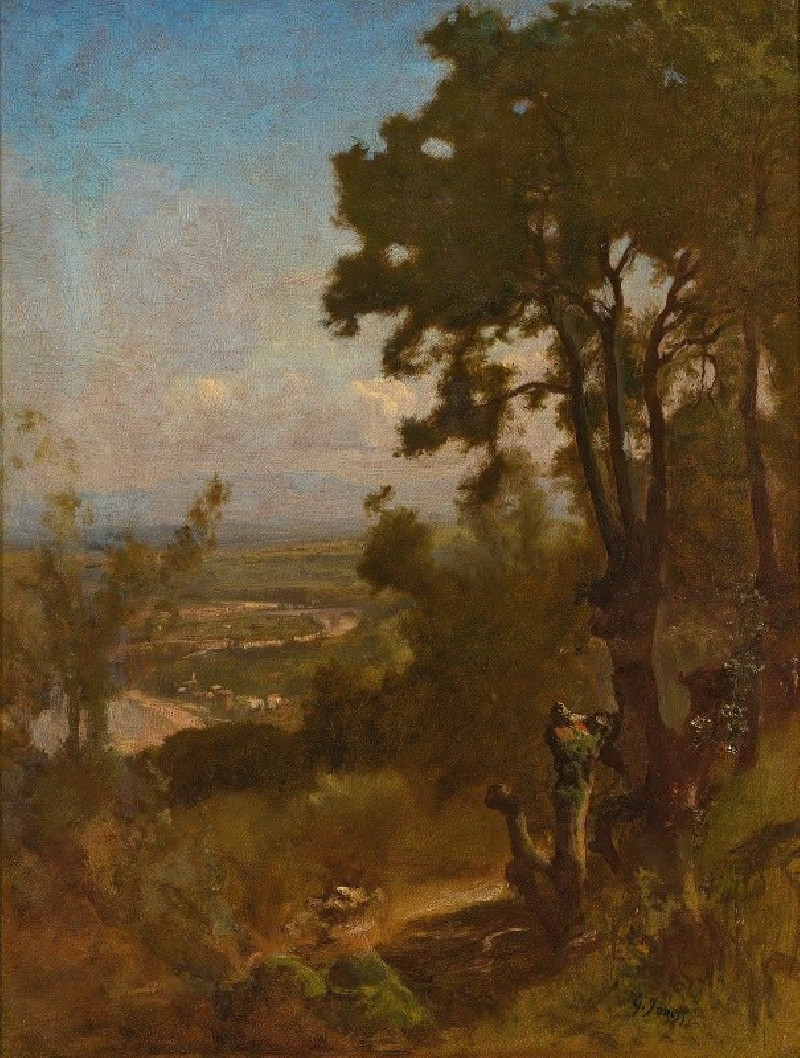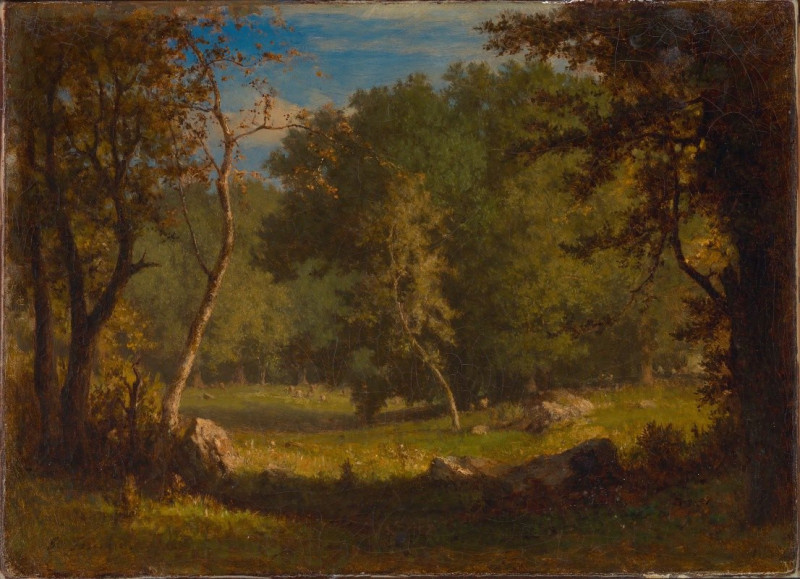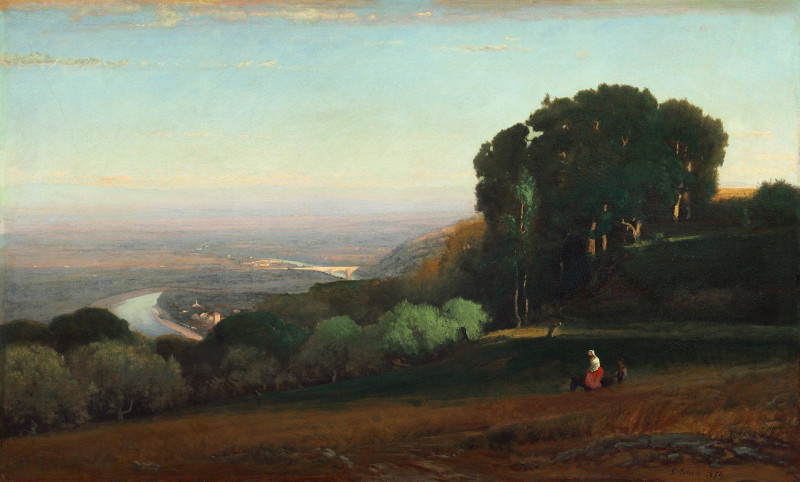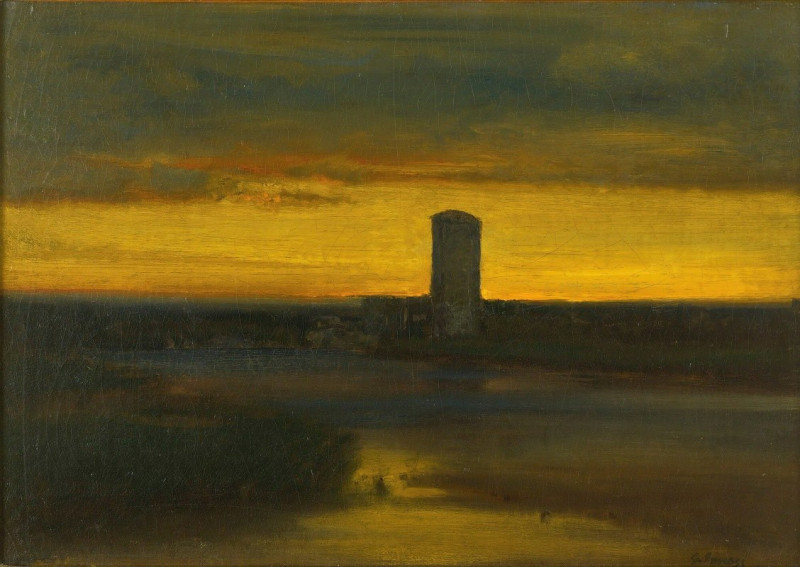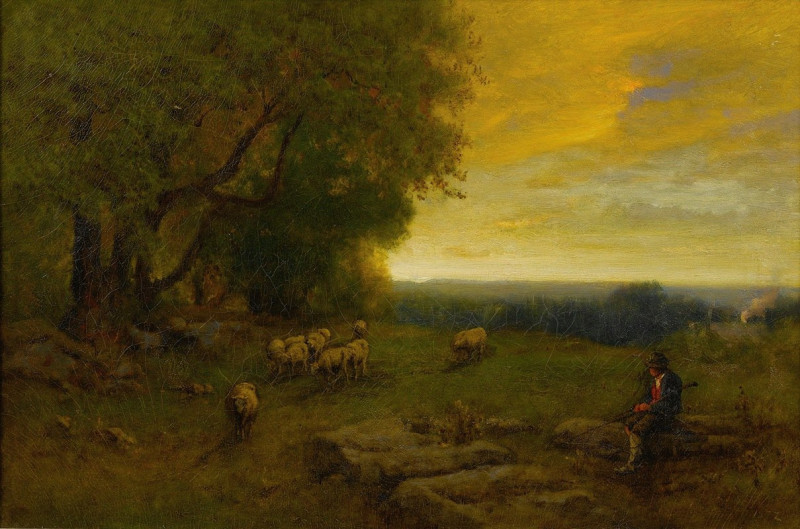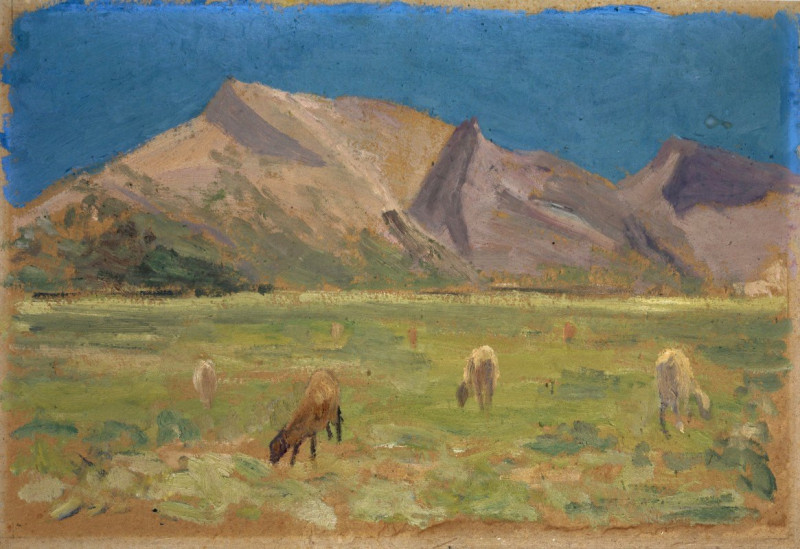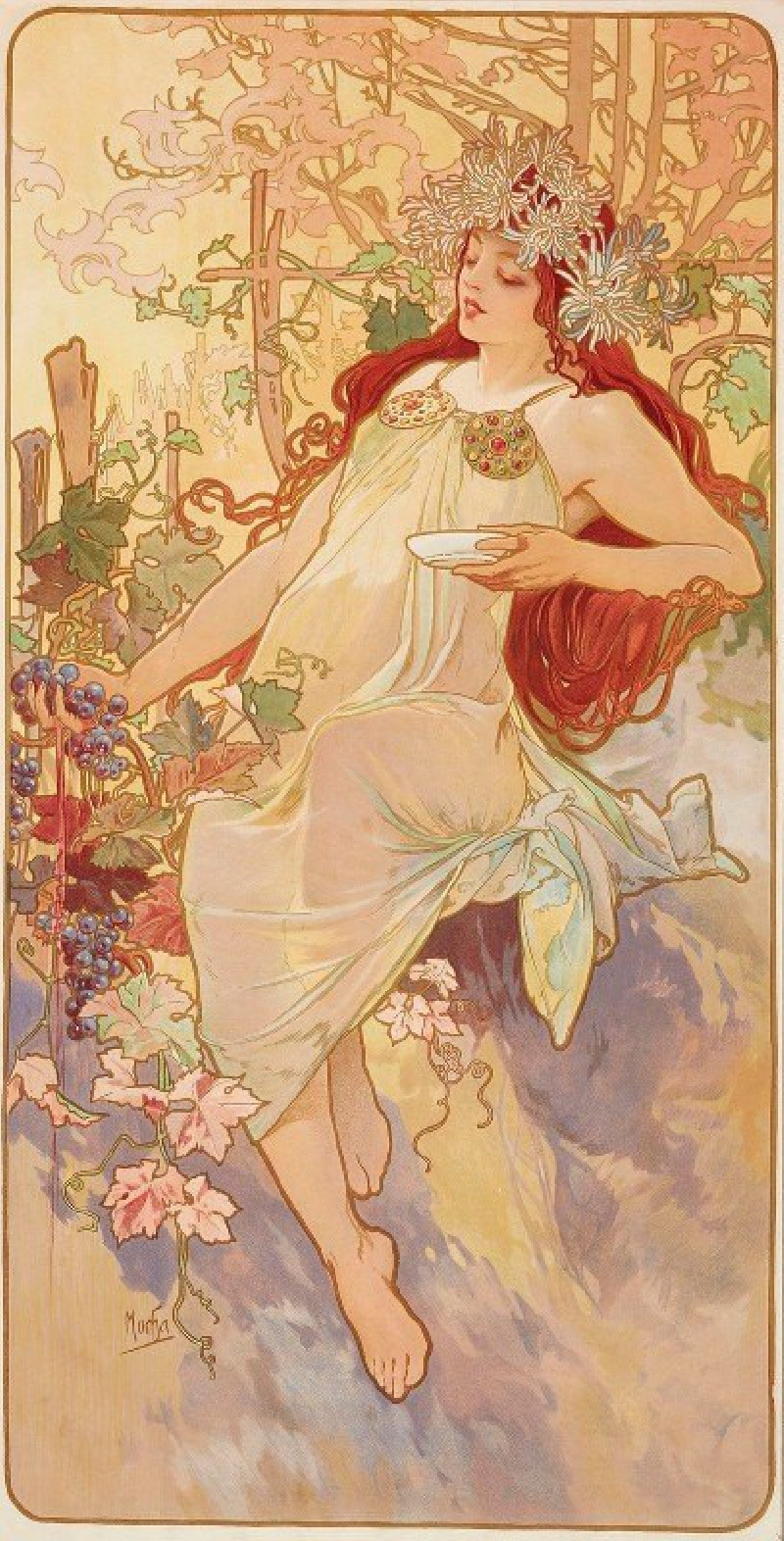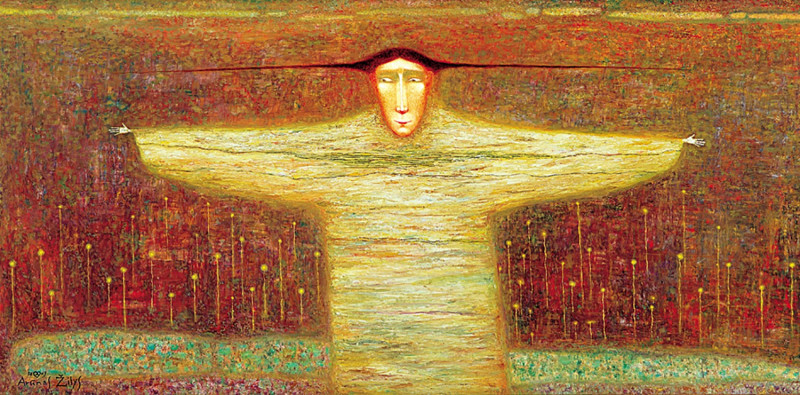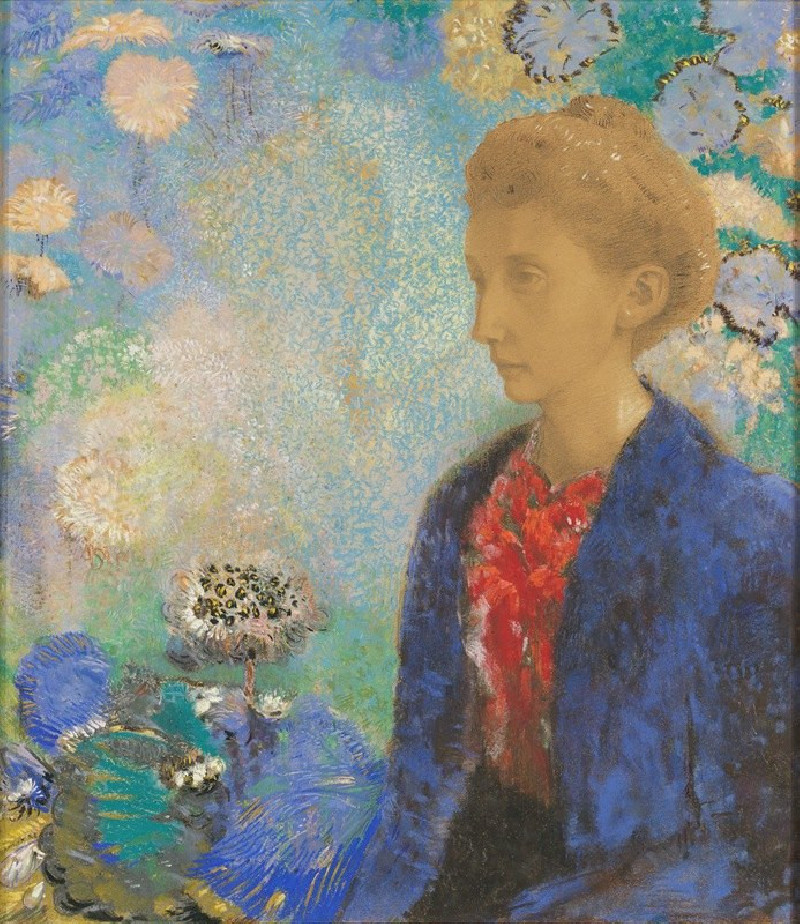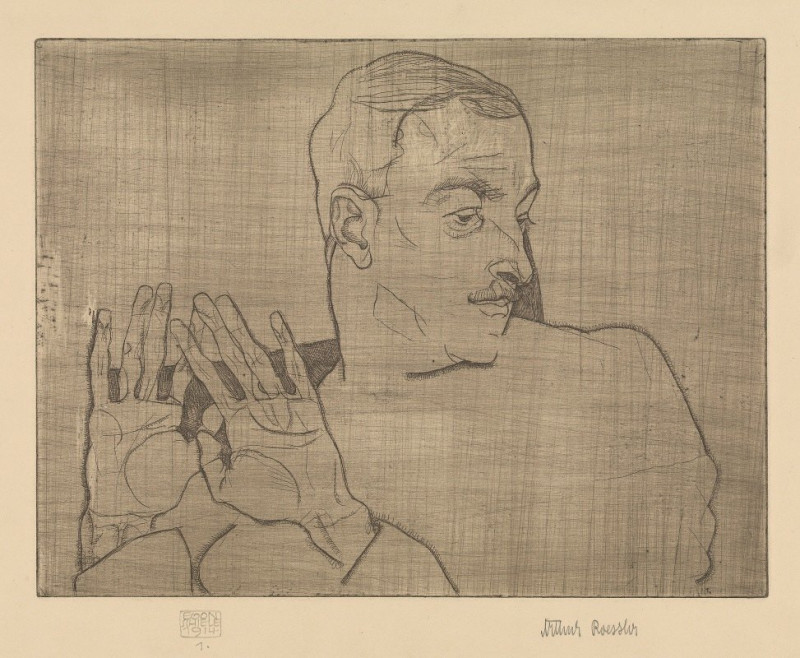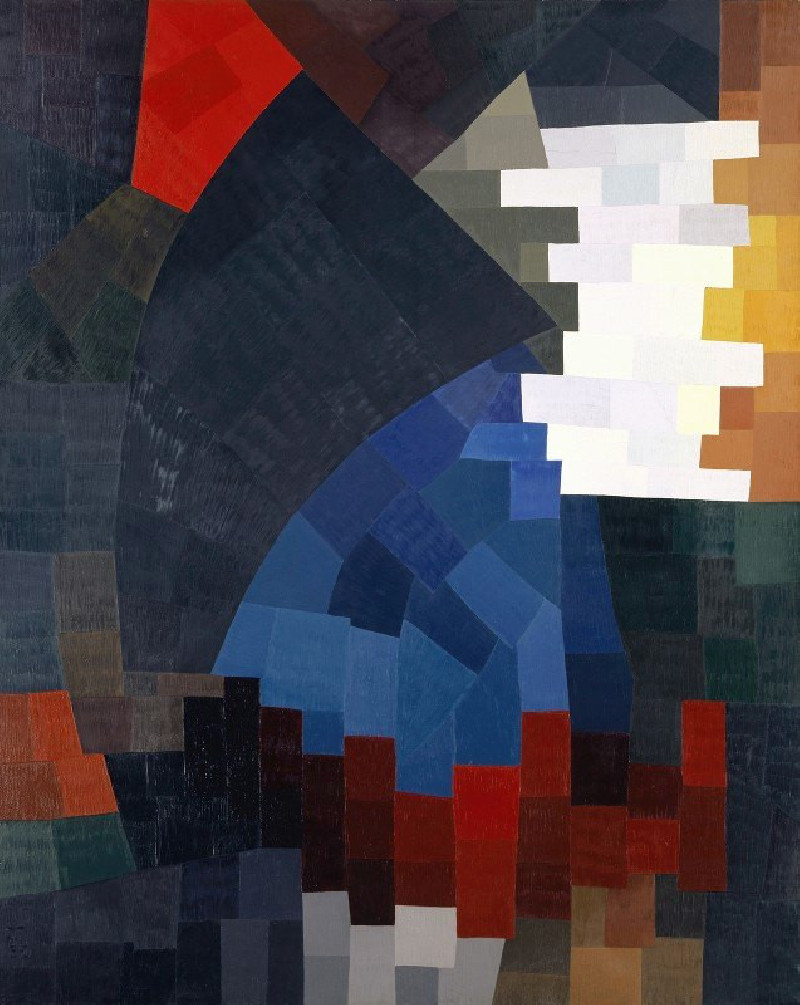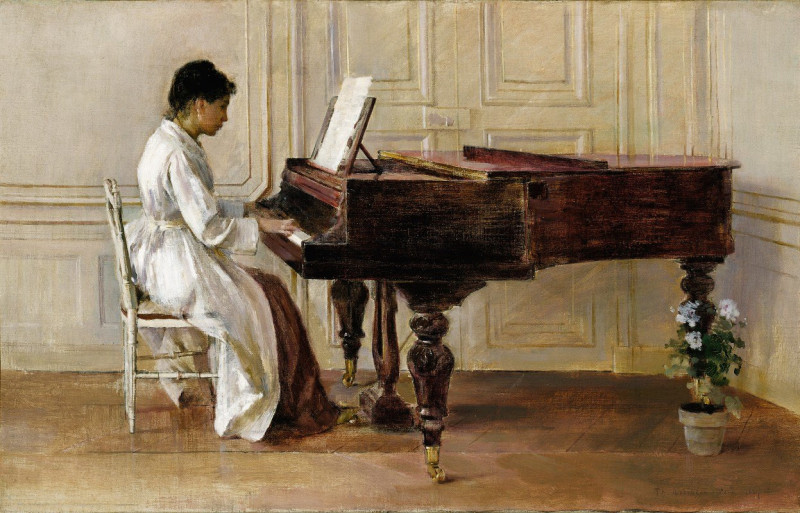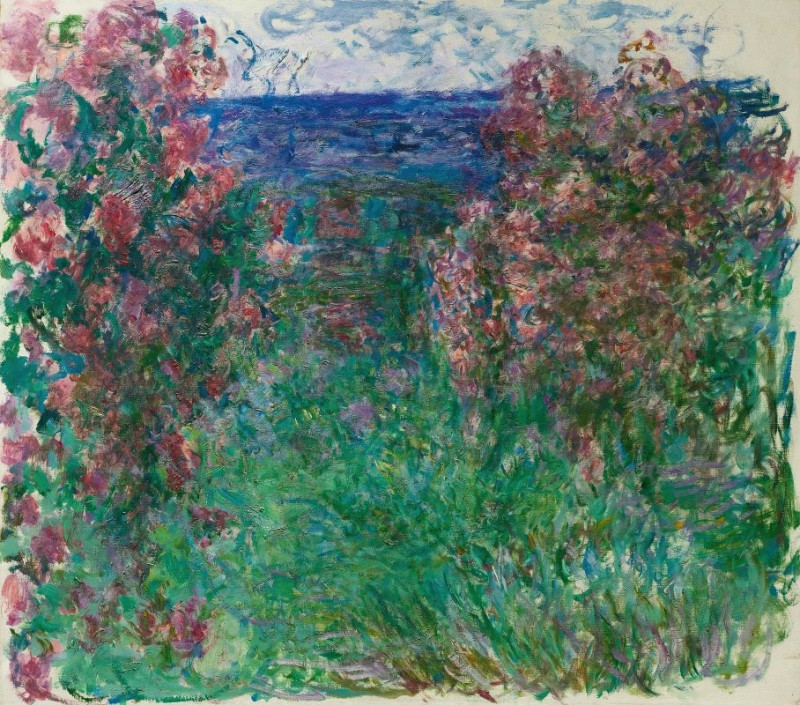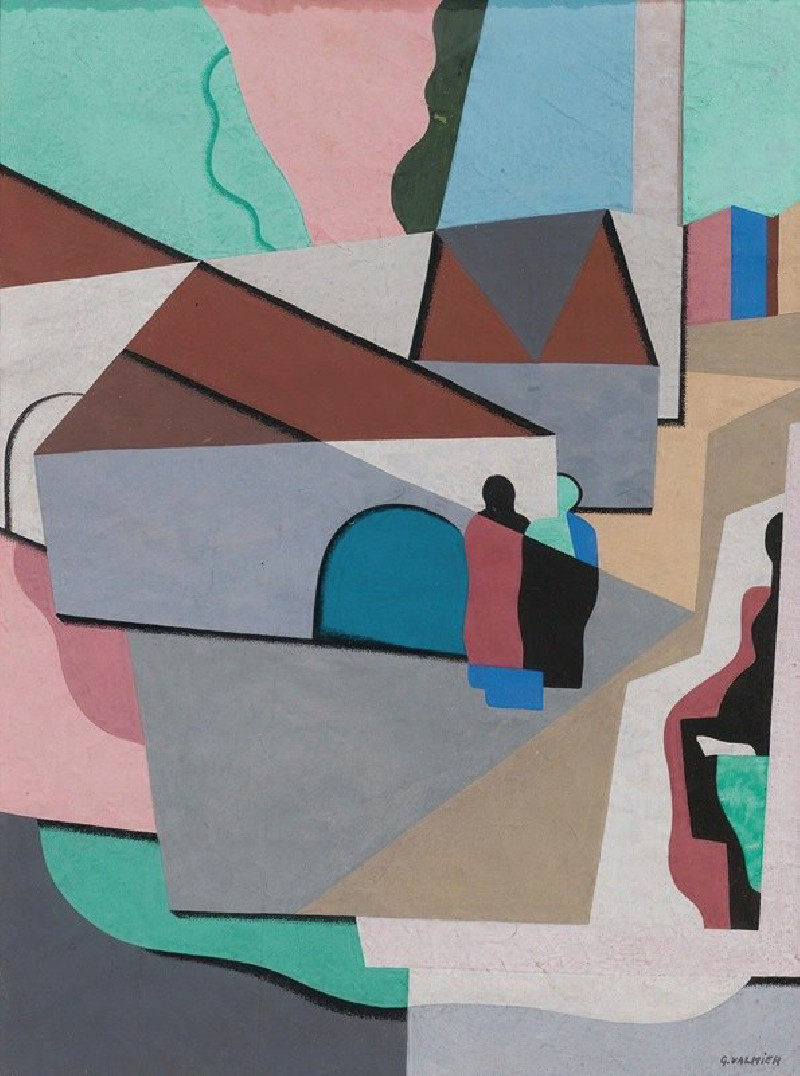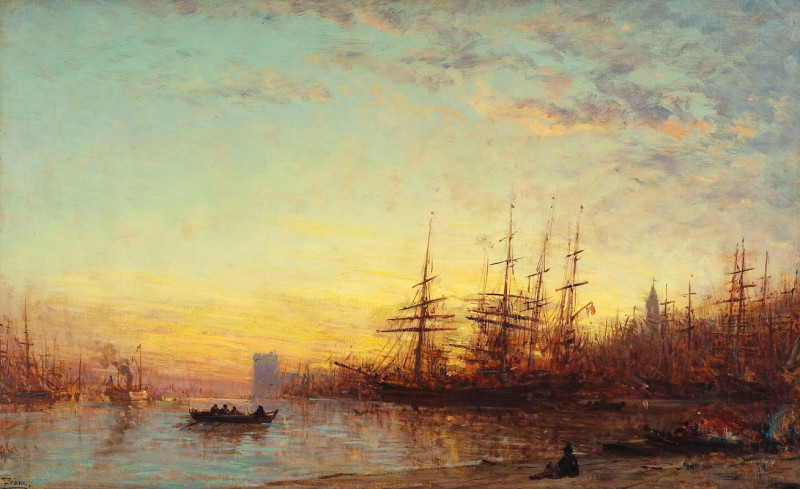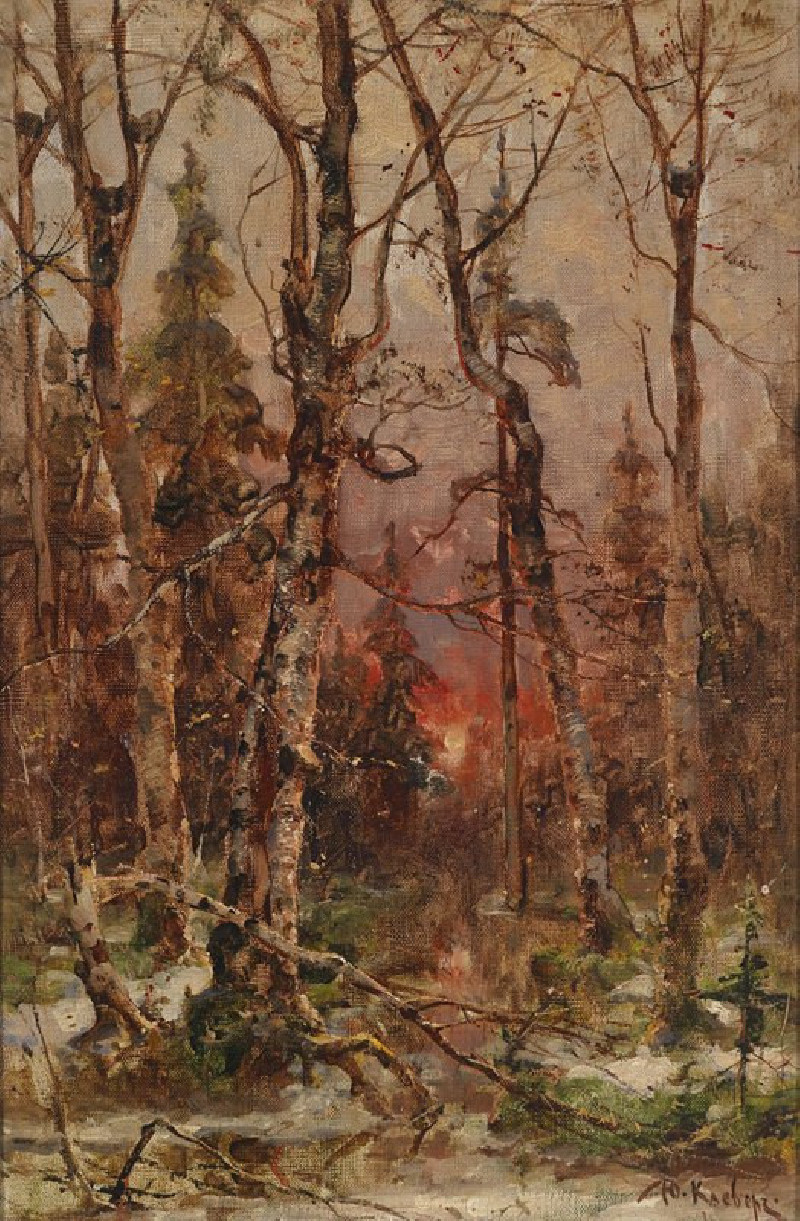Harvest Scene in the Delaware Valley (1867)
Technique: Giclée quality print
Recommended by our customers
More about this artwork
George Inness, one of the most renowned American landscape painters of the 19th century, beautifully captures the essence of agrarian life in his 1867 masterpiece, "Harvest Scene in the Delaware Valley." This painting is a quintessential example of Inness’s ability to blend realism with a touch of the ethereal, creating a tranquil yet dynamic rural landscape.The painting depicts a vast scene of agricultural activity set against the lush, verdant backdrop of the Delaware Valley. At the heart of the composition, the viewer sees workers busy in the fields, suggesting the peak of the harvest season. The foreground of the work is marked by gentle mounds of harvested crops, while a horse-drawn wagon in the middle ground indicates ongoing labor and the movement of yield from the fields.Inness's use of light is particularly noteworthy. A luminous sky, with streaks of sunlight piercing through the clouds, bathes the scene in a warm, golden glow, highlighting the earthy tones of the fields and the vibrant greens of the trees. This interplay of light and shadow not only enhances the depth of the landscape but also infuses the painting with a sense of timelessness and a divine presence.Significantly, the painting is void of the mechanical tumult that marked the Industrial Revolution, instead offering a serene portrayal of rural life that underscores a harmonious relationship between man and nature. This tranquil depiction serves as a reminder of the pastoral ideal—a theme that resonated deeply during Inness’s time and continues to strike a chord today.
Delivery
Returns
George Inness (May 1, 1825 – August 3, 1894) was a prominent American landscape painter.
Now recognized as one of the most influential American artists of the nineteenth century, Inness was influenced by the Hudson River School at the start of his career. He also studied the Old Masters, and artists of the Barbizon school during later trips to Europe. There he was introduced to the theology of Emanuel Swedenborg, which was significant for him; he expressed that spiritualism in the works of his maturity (1879–1894).


